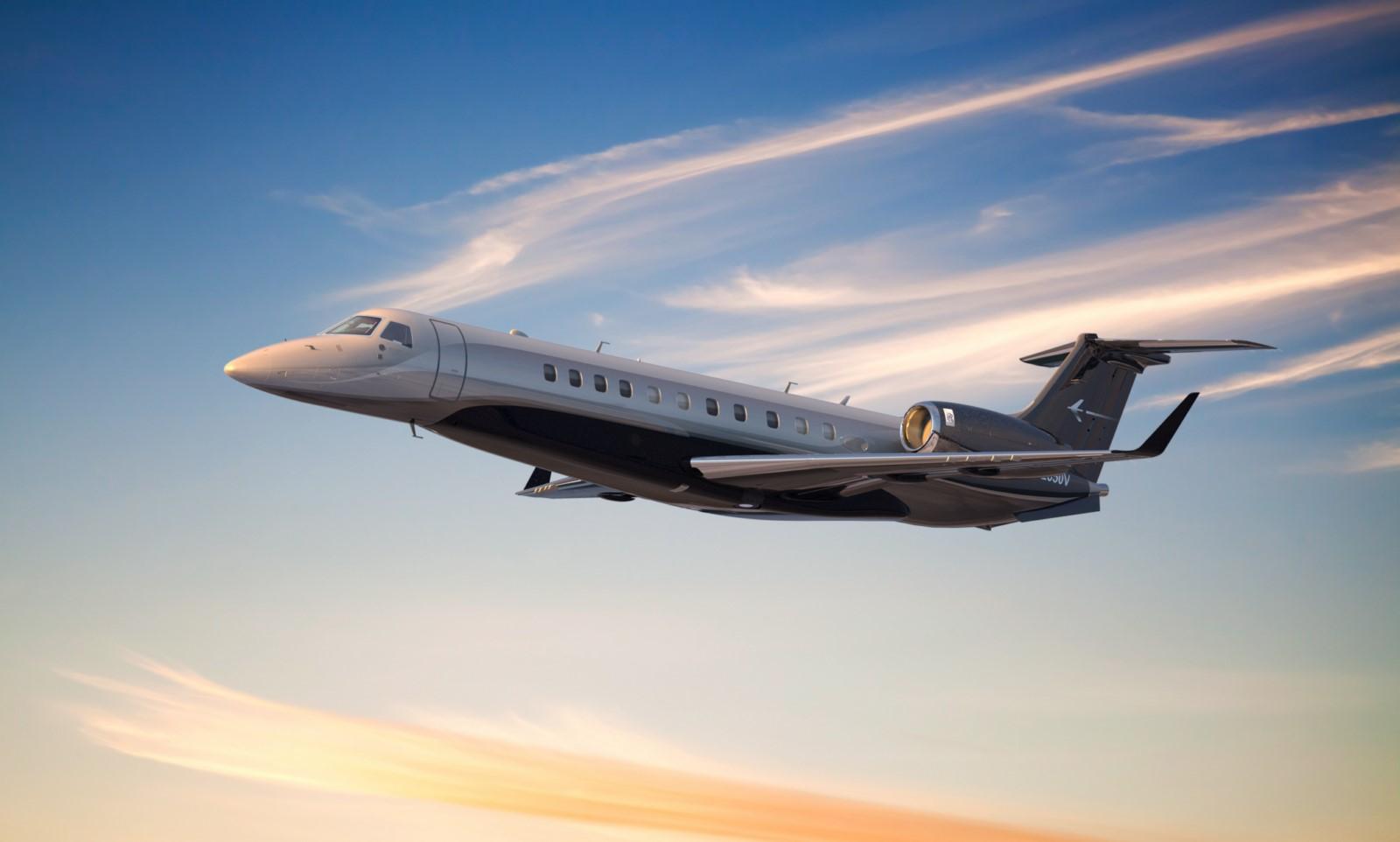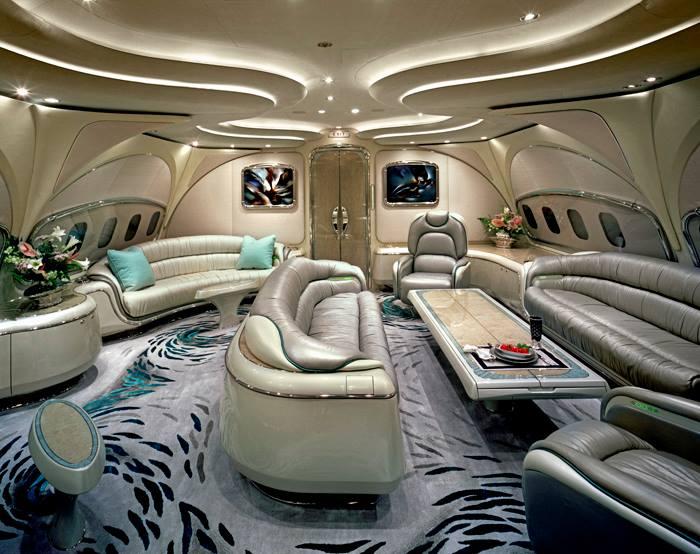
Private Jet PrivateJetia 062
Flying private offers a level of luxury and convenience that commercial airlines simply cannot match. However, the true cost of flying private can often be misleading, as it is influenced by a variety of factors. The base cost of chartering a private jet is only one part of the equation, additional expenses such as fuel surcharges, crew fees, airport landing fees, and catering can quickly add up. To make an informed decision about flying private, it’s important to understand how to calculate the true cost of your flight. In this article, we will walk you through the key factors that contribute to the cost of flying private and explain how to calculate the total expenses involved in chartering a private jet. Whether you’re planning a short business trip or a luxurious international getaway, knowing the breakdown of costs will help you make the best choice for your travel needs and budget.
The Basics of Private Jet Costs
When it comes to private jet travel, there are several key components that contribute to the overall cost of the flight. These include the type of aircraft, the distance traveled, the duration of the flight, and additional services requested. To calculate the true cost of flying private, you need to consider both the fixed and variable costs associated with the flight.
- Aircraft Type and Size The type and size of the aircraft you choose will have the most significant impact on the cost of flying private. Private jets come in different categories, each with its own pricing structure. Smaller jets are generally less expensive to rent, while larger, more luxurious jets come with a higher price tag. The key categories of private jets include:
- Light Jets: These are smaller jets, such as the Cessna Citation Mustang or the Embraer Phenom 100, that are ideal for short to medium-haul flights. They typically accommodate 4 to 6 passengers and have lower hourly rental rates, ranging from $1,200 to $3,000 per hour.
- Midsize Jets: Midsize jets like the Hawker 800XP or the Gulfstream G200 offer more space and comfort for longer flights. These jets typically seat 6 to 9 passengers and cost between $3,000 and $5,500 per hour.
- Heavy Jets: Larger jets, such as the Gulfstream G550 or Bombardier Global 6000, can accommodate 10 to 16 passengers and are suitable for long-haul flights. Heavy jets usually cost between $5,500 and $12,000 per hour.
- Ultra-Long-Range Jets: These are the most luxurious and expensive jets, such as the Boeing Business Jet or the Dassault Falcon 7X. They can seat 10 to 20 passengers and are capable of flying long distances non-stop. The hourly rental rate for these jets ranges from $8,000 to $15,000 per hour.
The size of the jet will determine not only the rental price but also the amenities available on board. Larger jets tend to offer more luxurious cabins with features such as fully reclining seats, private bedrooms, and advanced entertainment systems, all of which contribute to the overall cost.
- Distance Traveled The distance you plan to fly is another major factor that impacts the cost of flying private. The farther you travel, the more fuel the aircraft will need, which increases the overall price. Many private jet charter companies charge based on the flight’s duration in hours, but the distance is often a factor in determining the hourly rate. For instance, a flight from New York to Los Angeles could cost significantly more than a flight from New York to Boston due to the additional distance traveled.
- Flight Duration The duration of the flight also plays a role in determining the total cost. Longer flights typically incur higher costs because the aircraft will need to be in the air for a longer period. Additionally, the longer the flight, the more fuel is required, which adds to the operational costs. If you’re booking a round-trip flight, keep in mind that you’ll also need to pay for the return leg, even if you’re not on the plane. This is often referred to as “deadhead” time, where the jet flies back without passengers.
- Aircraft Availability and Scheduling The availability of the aircraft and the flexibility of your schedule can affect the price as well. If you’re booking a private jet during peak travel times, such as holidays or weekends, the cost may be higher due to increased demand. On the other hand, booking a jet during off-peak times may result in lower rates. Additionally, last-minute bookings often come with a premium, as the jet may not be available on short notice, and the charter company may need to make adjustments to accommodate your flight.
Additional Costs Involved in Flying Private
In addition to the hourly rental rate of the aircraft, there are several other costs that you need to consider when calculating the true cost of flying private. These additional fees can vary depending on the airline, the destination, and the services you request. Some of the most common additional costs include:
- Fuel Surcharges Fuel is one of the largest operational expenses for private jets, and fuel surcharges can vary depending on the distance of the flight. These surcharges are typically calculated based on the amount of fuel required for the flight, and the price can fluctuate depending on fuel prices. On average, fuel surcharges can add anywhere from $500 to $3,000 to the total cost of the flight.
- Crew Fees Private jets require a professional crew to operate the aircraft, which adds to the overall cost. The crew typically includes the pilot, co-pilot, and flight attendants, depending on the size of the aircraft and the services requested. Crew fees can range from $1,000 to $3,000 per day, and this cost is usually included in the total price of the charter.
- Airport Landing Fees Private jets often land at smaller, private airports, which may charge higher landing and handling fees than commercial airports. These fees can range from $100 to $1,000, depending on the airport and location. In some cases, landing fees may be waived or discounted for frequent flyers or passengers who book through specific charter companies.
- Catering and In-Flight Services One of the perks of flying private is the ability to customize your in-flight experience, including gourmet meals, beverages, and entertainment. Many private jet charter companies offer catering options, but these come at an additional cost. The price of catering can range from $500 to $5,000, depending on the menu and level of customization. You can also request other in-flight services such as Wi-Fi, luxury bedding, and even private security, which can add to the total cost of the flight.
- Ground Transportation Ground transportation is another cost that can add up when flying private. Many private jet charter companies offer limousine or luxury car services to and from the airport, which can cost anywhere from $100 to $500 per hour. If you require a private driver or special transportation, such as a helicopter transfer, the costs can increase significantly.
How to Calculate the Total Cost of Flying Private
Now that we’ve covered the main factors that contribute to the cost of flying private, it’s time to calculate the total price. To do this, you’ll need to consider the following steps:
- Determine the Type of Jet You Need: The first step is to choose the type of jet that best suits your needs. Consider the number of passengers, the distance you need to travel, and the level of comfort and luxury you require. Once you’ve selected the type of aircraft, you can get an estimate of the hourly rental rate.
- Calculate the Flight Duration and Distance: Next, determine the distance you’ll be traveling and estimate the flight duration. This will give you an idea of how many hours you’ll need to rent the jet and how much fuel will be required. You can also estimate the total flight time, including any layovers or delays.
- Factor in Additional Costs: Don’t forget to account for any additional costs, such as fuel surcharges, crew fees, airport landing fees, catering, and ground transportation. These costs can add up quickly, so it’s important to get a detailed quote from the charter company to avoid surprises.
- Consider Peak Travel Times: If you’re flying during peak travel times, such as holidays or weekends, you may need to pay a premium for the jet. Similarly, last-minute bookings may also come with additional charges. Make sure to factor these potential increases into your calculations.
- Get a Quote from a Private Jet Charter Company: Once you’ve considered all the factors, reach out to a private jet charter company for a detailed quote. Most companies offer free quotes, and they can help you understand the total cost of the flight based on your specific needs.
Conclusion
Flying private offers a premium travel experience, but it comes with a significantly higher price tag compared to commercial flights. The true cost of flying private depends on several factors, including the type of jet, the distance and duration of the flight, and additional fees for fuel, crew, airport landing, and in-flight services. By understanding these key components and calculating the total cost, you can make an informed decision about whether flying private is worth the investment for your travel needs. Whether you’re planning a business trip or a luxury vacation, knowing how to calculate the true cost of flying private will help you manage your budget and get the most value from your experience.



